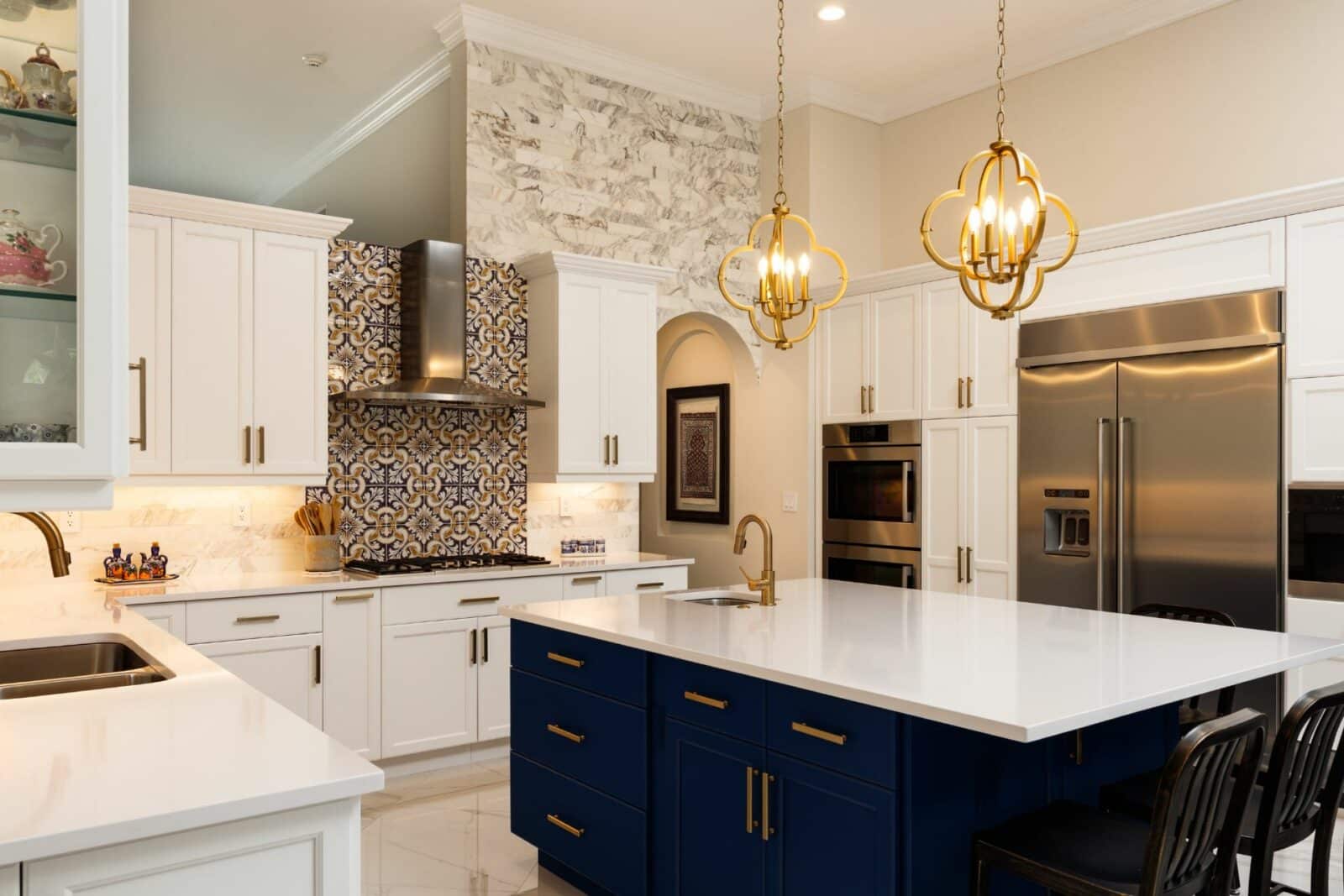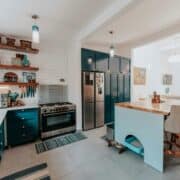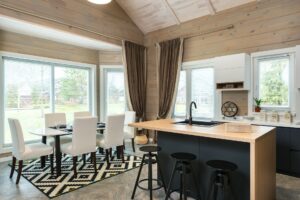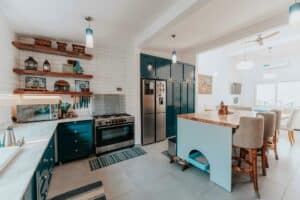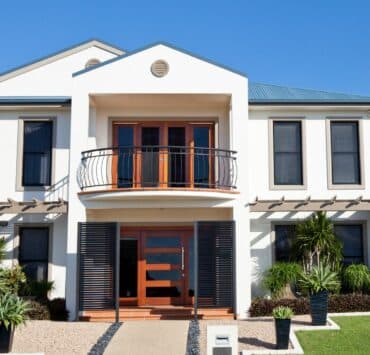Home additions are more than just extra space—they’re an opportunity to enhance your living experience, increase property value, and adapt your home to your evolving needs. Whether you’re dreaming of a sun-soaked patio, a cozy in-law suite, or an expansive family room, the possibilities are endless. In fact, the idea of creating multi-functional spaces isn’t new. The term “bonus room,” now a staple in real estate, originated in the 1970s as a clever marketing strategy to describe a flexible, all-purpose room in new homes. Today, these spaces continue to inspire homeowners to think creatively when planning additions, combining practicality and personality to craft spaces they love.
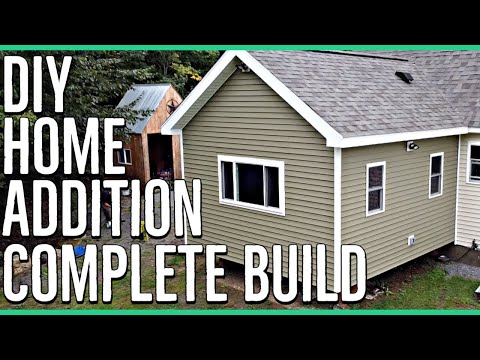
How to Choose a Home Addition
Choosing the right home addition starts with understanding your needs and goals. Are you looking to add more living space, increase the home’s value, or simply improve functionality? Assessing your needs will help you determine the type of addition that best suits your requirements.
Additionally, it’s crucial to understand local zoning laws and regulations. Some areas have restrictions on the size and type of additions allowed, so it’s essential to consult with local authorities or a professional before starting the project.
Lastly, consider your long-term needs versus short-term wants. While adding a home gym or theater might sound appealing now, will it still serve your needs in the future? Planning for the long term can help ensure that your home addition remains relevant and functional for years to come.
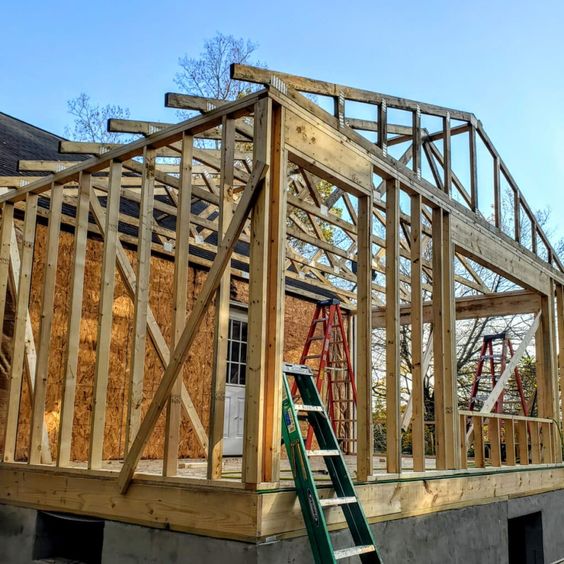
Will Home Additions Add to the Home Value?
One of the most common questions homeowners have is whether a home addition will increase their home’s value. While the answer can vary based on several factors, including the type of addition, location, and market conditions, there are some general guidelines to consider.
Factors that can influence home value increase include the quality of the addition, its functionality, and how well it blends with the existing home. An addition that enhances the home’s overall appeal and functionality is more likely to add value than one that feels out of place or poorly designed.
Appraisers and real estate professionals can provide valuable insights into how much value a specific addition might add to your home. It’s also beneficial to conduct an ROI (Return on Investment) analysis to determine if the potential increase in home value justifies the cost of the addition.
How Much Do Home Additions Cost?
In general, a home addition can cost between $21,000 and $73,500, or an average of $46,000. As per size, be prepared to pay $80 to $200 per square foot depending on its placement of the addition on your house, materials you choose and the team you hire for the job.
The cost of home additions can vary widely depending on factors such as size, complexity, materials used, and location. Here’s a general overview of average costs for common home additions:
- Attic/Basement Conversion: $20,000 – $50,000
- Conventional Full-Size House Addition: $80,000 – $200,000
- Room Addition or Bump Out: $10,000 – $30,000
- Sunroom Addition: $15,000 – $50,000
- Garage Conversion: $10,000 – $25,000
- Tiny House or DADU (Detached Accessory Dwelling Unit): $30,000 – $100,000
- Second Story Addition: $100,000 – $300,000
It’s essential to remember that these are just average estimates, and actual costs can vary based on your specific project requirements. Always obtain multiple quotes from contractors and factor in additional costs such as permits, design fees, and unexpected expenses.
Types of Home Additions
Attic/Basement Conversion
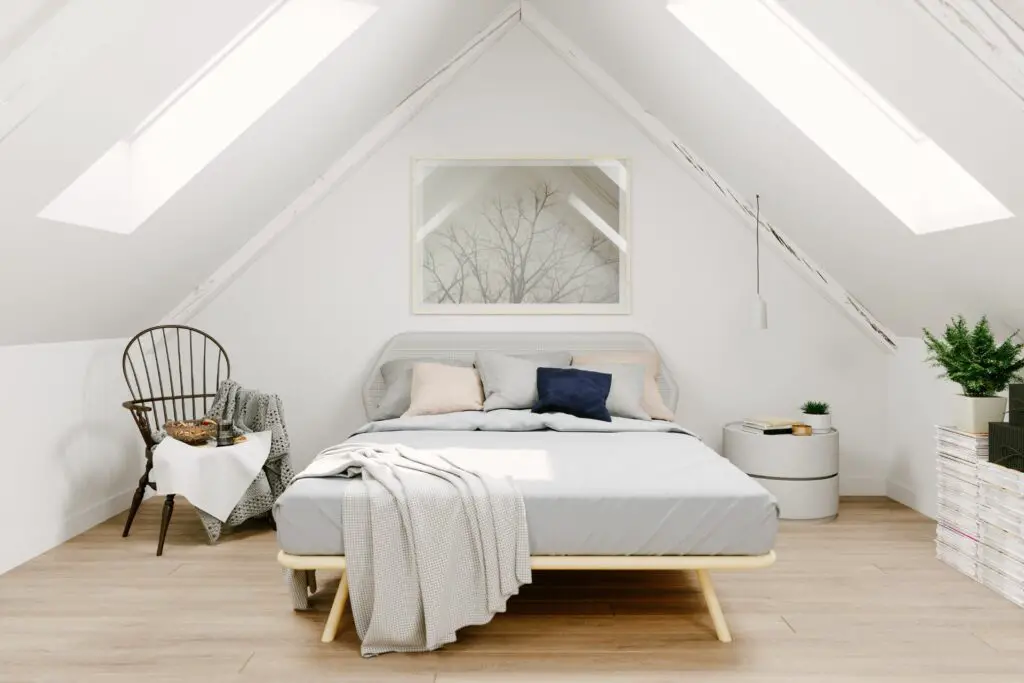
Converting an attic or basement into usable living space is a popular and cost-effective home addition option. Whether it’s a cozy bedroom, home office, or entertainment room, these spaces offer great potential for adding functional square footage to your home.
Benefits include maximizing existing space without altering the home’s footprint significantly. However, it’s essential to consider factors such as insulation, moisture control, and lighting to ensure a comfortable and inviting space.

Conventional Full-Size House Addition
A conventional full-size house addition involves adding a new room or rooms to the existing structure, typically extending the home’s footprint. This type of addition offers the most flexibility in terms of design and functionality but can also be the most expensive and time-consuming.
Room Addition or Bump Out
For homeowners with limited space or budget constraints, a room addition or bump out can be a practical solution. This involves adding a small room or expanding an existing room slightly to create additional space.
Sunroom Addition
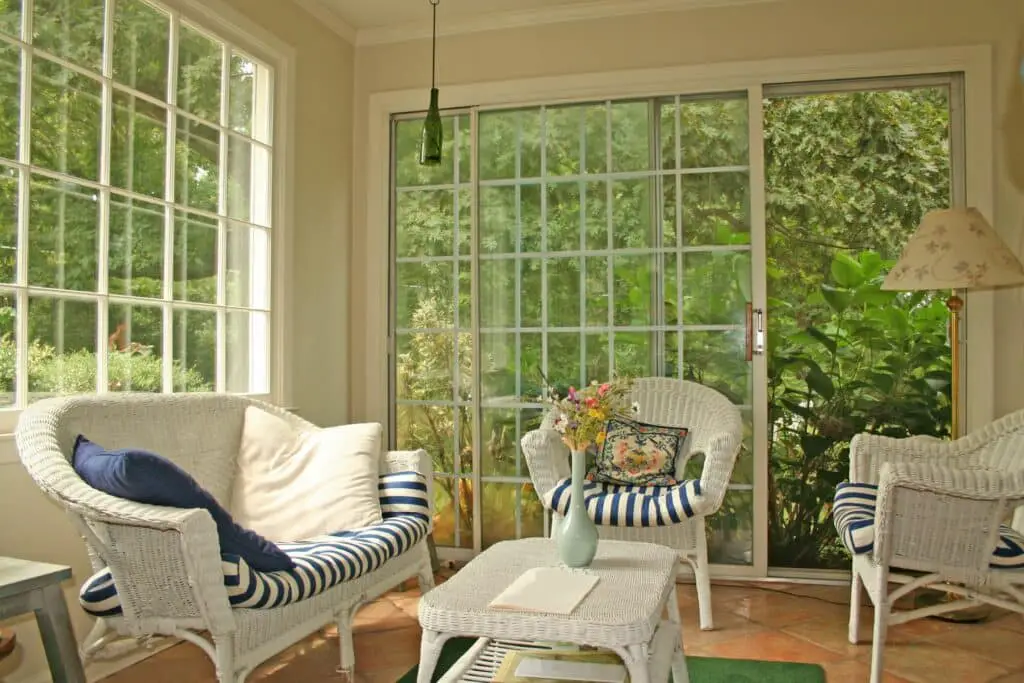 Sunrooms are a popular addition for homeowners looking to enjoy the outdoors year-round. These rooms are typically enclosed with large windows to let in natural light while providing protection from the elements.
Sunrooms are a popular addition for homeowners looking to enjoy the outdoors year-round. These rooms are typically enclosed with large windows to let in natural light while providing protection from the elements.
Garage Conversion
Transforming a garage into living space can be a great way to add functional square footage to your home. Whether it’s a guest suite, home gym, or mudroom, garage conversions offer versatility and convenience.

Tiny House or DADU (Detached Accessory Dwelling Unit)
Tiny houses and DADUs are becoming increasingly popular for homeowners seeking compact living solutions or additional rental income. These detached units offer privacy and flexibility, making them ideal for various uses.
Legal requirements and zoning regulations can vary, so it’s essential to research local laws and obtain necessary permits before proceeding with a tiny house or DADU project.
Second Story Addition
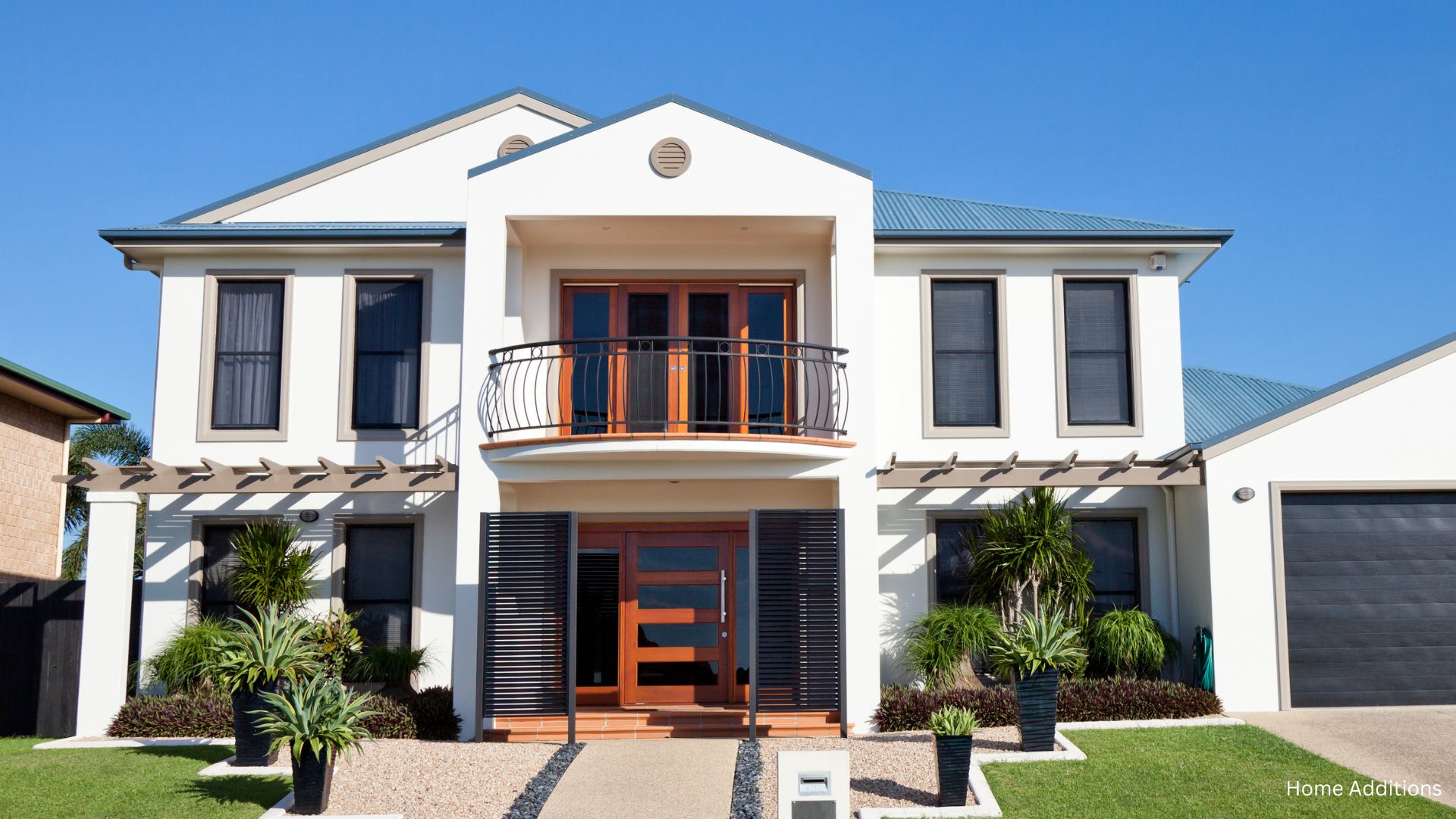
Expanding vertically with a second-story addition can be a great way to maximize living space without sacrificing yard space. This type of addition can include additional bedrooms, bathrooms, or a master suite, depending on your needs.
Structural considerations are crucial when planning a second-story addition, as the existing foundation and framing must support the additional weight. Consulting with a structural engineer or architect can help ensure that your second-story addition is safe and structurally sound.
Pros and Cons of Home Additions
| Pros | Cons |
|---|---|
| Enhanced living space | Costly |
| Increased property value | Disruption during construction |
| Personalization and customization | Potential zoning issues |
| Improved functionality | Need for careful planning and design |
| Adaptability to changing needs |
Will the Number of Residents Change?
Consider how the addition will impact the number of residents in your home. Whether you’re planning for a growing family, accommodating aging parents, or considering rental opportunities, the number of residents can influence the size and design of your addition.
Growing Families
If you’re planning for a growing family, consider adding extra bedrooms, bathrooms, or a playroom to accommodate everyone comfortably. Flexible spaces that can adapt to changing needs are ideal for growing families.
Empty Nesters
For empty nesters or those planning to downsize, a smaller addition with features like a home office, hobby room, or relaxation space can provide the perfect retreat. Consider designs that cater to your lifestyle and hobbies.
Rental Opportunities
If you’re considering renting out part of your home or creating a separate rental unit, ensure your addition complies with local regulations and zoning laws. Features like a private entrance, kitchenette, and separate utilities can make your addition more appealing to potential renters.
Will Your Financial Situation Change?
Evaluate your financial situation carefully before committing to a home addition. Consider factors like your current income, expenses, savings, and any future financial commitments.
Affordability
Ensure the addition is affordable and won’t strain your finances. Consider the overall cost, ongoing maintenance expenses, and potential return on investment when assessing affordability.
Financing Options
Explore financing options such as home equity loans, personal loans, or contractor financing to fund your home addition. Compare interest rates, terms, and fees to find the best option for your needs.
ROI (Return on Investment)
Consider the potential return on investment when evaluating the financial implications of a home addition. While personal satisfaction and enjoyment are invaluable, understanding the potential financial benefits ensures your investment is sound and provides long-term value.
A well-planned and executed home addition can enhance your living space, meet your changing needs, and increase your property’s value. By considering your needs, budget, and long-term plans, and working with experienced professionals, you can create a home addition that enhances your lifestyle and brings lasting enjoyment. Whether you’re adding a new room, expanding existing spaces, or creating a unique living area, a home addition offers endless possibilities for customization and personalization.
